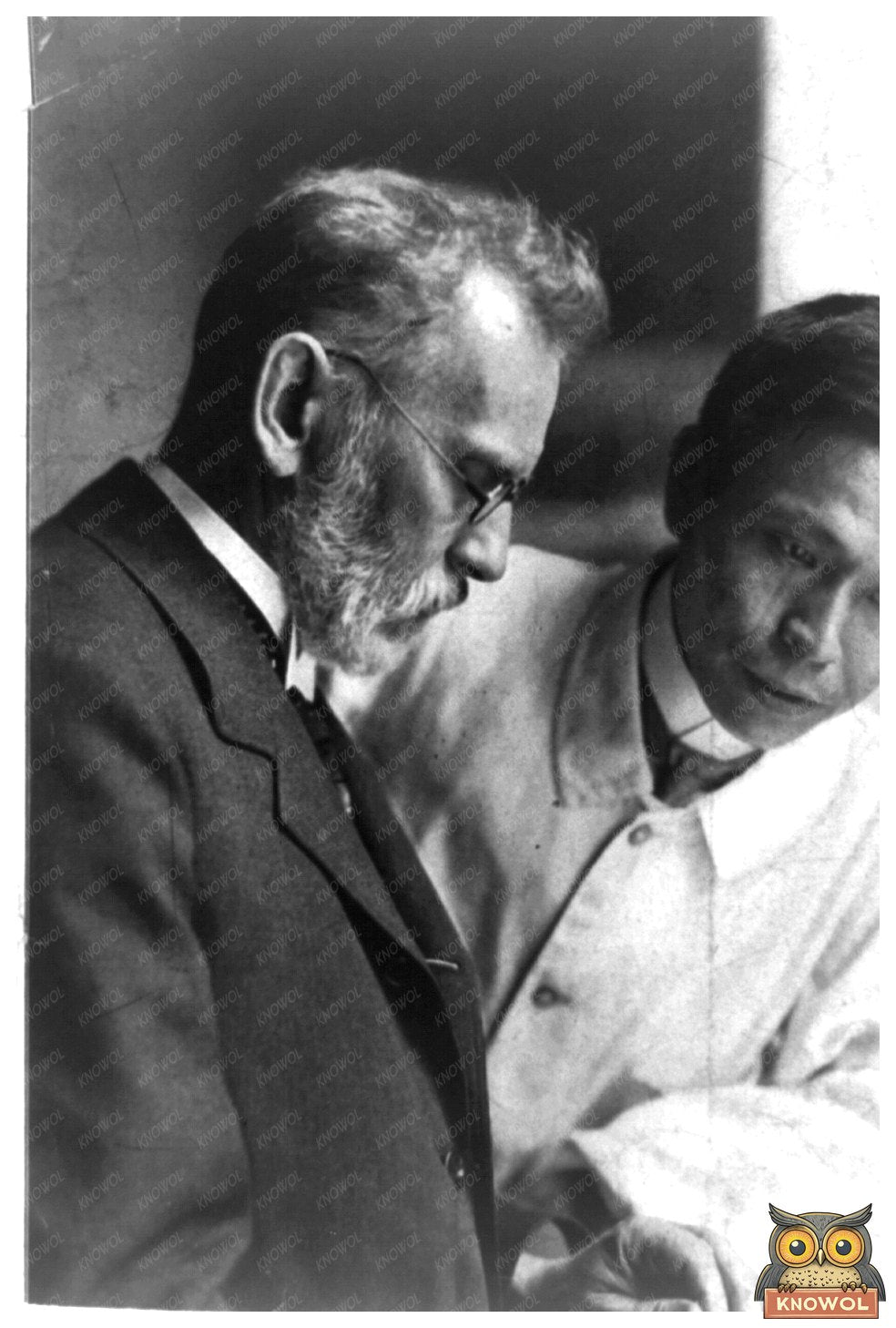


Historic Portrait of a Pioneer in Immunology
This photograph captures Paul Ehrlich, a groundbreaking scientist known for his innovative contributions to immunology and chemotherapy. Born in 1854, Ehrlich was a pioneer in the field of medicine, best known for developing the first effective treatment for syphilis, known as Salvarsan. His work laid the foundation for modern pharmacology and introduced the concept of targeted drug therapy, which significantly advanced medical understanding and treatment strategies in the early 20th century.
In the early 1900s, Ehrlichs research and experiments were at the forefront of scientific discovery. He won the Nobel Prize in Physiology or Medicine in 1908, recognizing his vital role in advancing the fight against infectious diseases. The photograph, likely taken between 1900 and 1920, reflects a period of rapid progress in medical science during which Ehrlich played a crucial role. The composition of the portrait, featuring Ehrlich standing confidently, embodies the spirit of innovation and the pursuit of knowledge that characterized his scientific endeavors.
This image not only serves as documentation of an important figure in scientific history but also symbolizes the transformative changes occurring in medicine during the early 20th century. With this visual representation of Ehrlich, we gain insight into the man behind the groundbreaking discoveries that have continued to benefit public health to this day.

Historic Portrait of a Pioneer in Immunology
